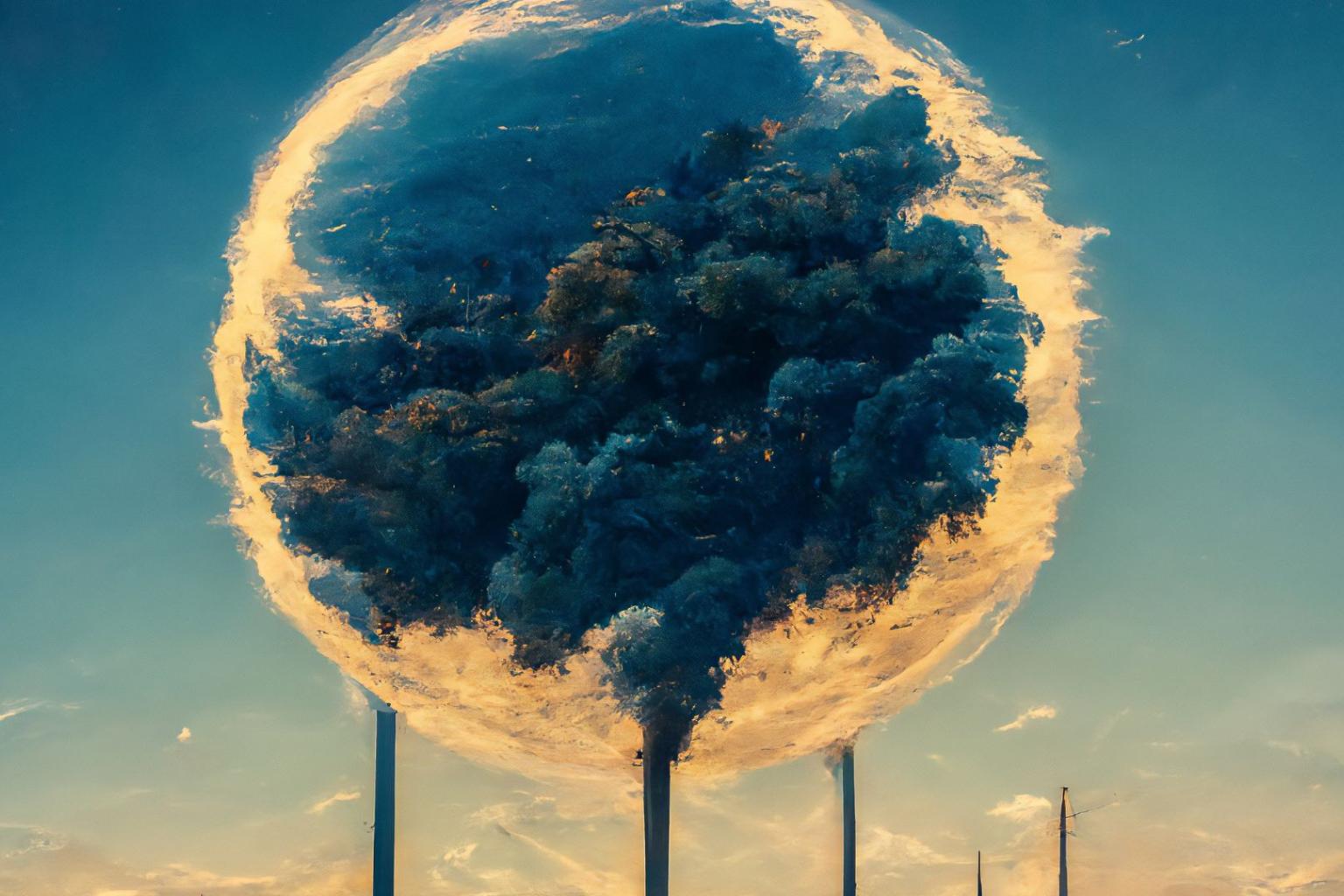Carbon dioxide (CO2) released in the atmosphere has trebled since the 1960s.
It went up by 0.8 parts per million (ppm) per year, to 2.4 (ppm), in the period between 2011 to 2020.
This amount shot up by 3.5 ppm, between 2023 to 2024 alone, to 423.9 ppm.
Researchers who studied these developments, documented them in a Greenhouse Gas Bulletin, released this week, by the World Meteorological Organisation (WMO), attributing the rise in emissions on human activities and an increase in the number of wildfires.
In addition, there is a decrease in CO2 absorption by “sinks” such as land ecosystems and the ocean.
Ko Barrett, WMO Deputy Secretary-General, said “the heat trapped by CO2 and other greenhouse gases, is turbo-charging our climate and leading to more extreme weather. Reducing emissions is therefore essential not just for our climate but also for our economic security and community well-being.”
Oksana Tarasova, a WMO senior scientific officer, said during El Niño years, CO2 levels tend to rise because the efficiency of land carbon sinks is reduced by drier vegetation and forest fires. This was the case with exceptional drought and fires in the Amazon and Southern Africa in 2024.
“There is concern that terrestrial and ocean CO2 sinks are becoming less effective, which will increase the amount of CO2 that stays in the atmosphere, thereby accelerating global warming. Sustained and strengthened greenhouse gas monitoring is critical to understanding these loops.”Concentrations of methane and nitrous oxide, which are second and third pollutants, are also on the rise.
Picture: Supplied

